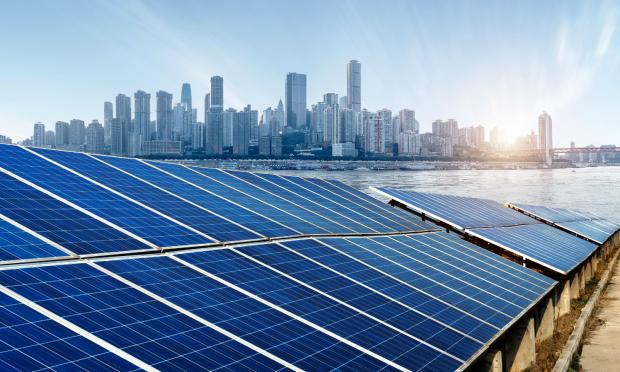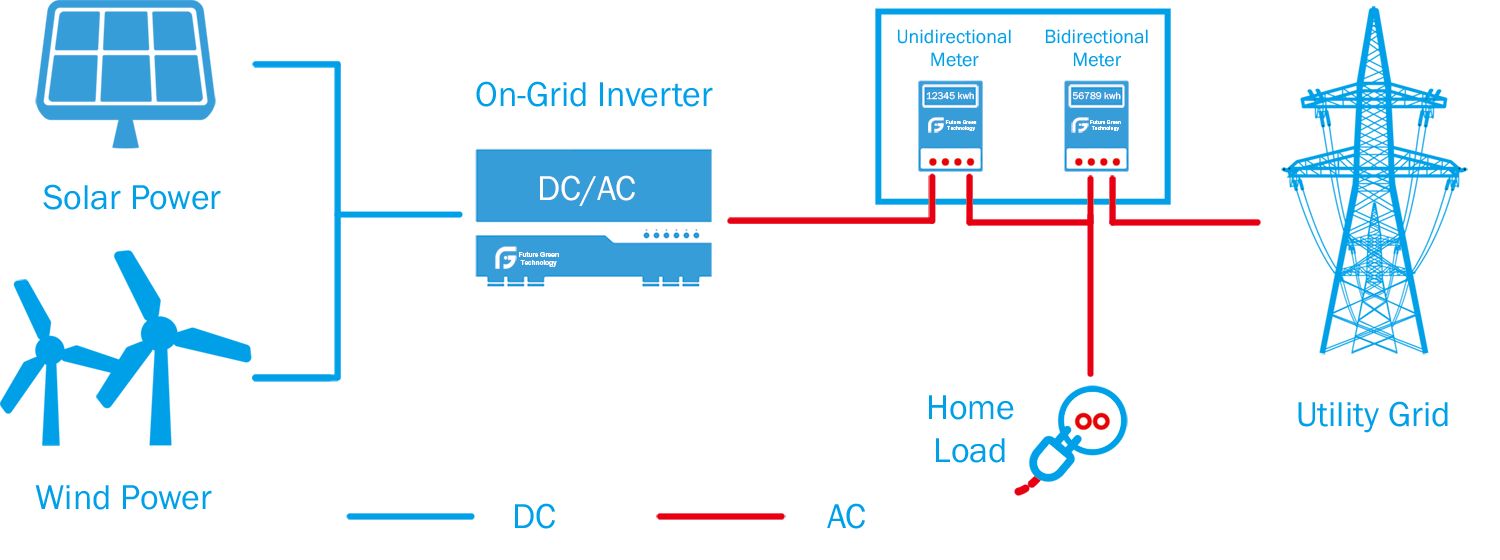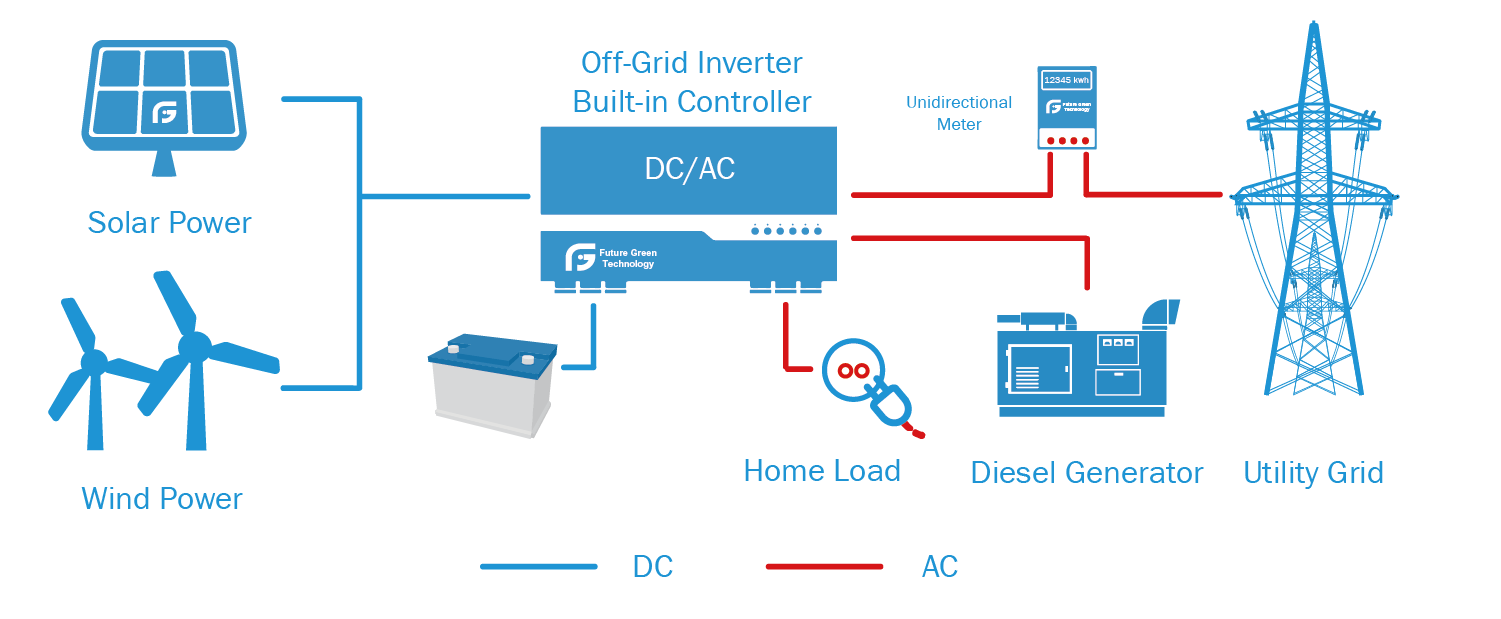How Many Solar Panels Will I Need?
How many solar panels do you need to provide the energy needed to maintain your home and family? This is a big question as it directly affects the cost of your new solar energy system. Even if the prices of solar panels have dropped in recent years, you still don't want to overpay.
Here is your 8-step process for determining how many solar panels you will need to produce the energy you want.
Step 1: Review your bills, and see how much you have paid, especially the energy you used (kWh).
Step 2: Think about how your future energy needs will evolve in 10 to 20 years.
Step 3: define a solar energy production objective.
Step 4: review your goal with excess energy in mind.
Step 5: Divide the monthly electrical consumption by 30 days.
Step 6: Calculate the power of your solar energy system.
Step 7: Get a solar quote for the ideal size of your system.
Step 8: Find the number of panels for the power you are considering.
How to Choose the Right Solar Panels for Your Home
Do not know how to choose a solar panel? Hope this list can be a good buying guide. You should always remember that a solar panel system is a long-term investment, so there are many things beyond the price you should consider.

1. Solar panel costs
2. The quality of solar panels
3. Energy efficiency
4. Temperature coefficient
5. Durability
6. Size
7. The type of solar cell used
How to estimate the installed capacity of a rooftop solar photovoltaic power station?
According to the roof area, the installed capacity is generally 375 watts per component. The component specifications are: 1940mm long and 992mm wide. We estimate how much photovoltaic system can be installed on the roof of the house. It can be calculated according to the following formula:
1. Fix it in cement flat. Roof: installed capacity = 120 watts / square meter * roof area.
2. Fixed in color steel or tile roof: installed capacity = 180 watts / square meter * roof area.
3. Use the elevated column to install in the courtyard to achieve active tracking: installed capacity = 130 watt / square meter * (the length of the courtyard is * 5 meters).
For example: The fixed installation in Hunan, China is calculated according to the annual number of generation 1460 hours; the active tracking and installation at different time intervals is calculated according to the annual number of generation 1890 hours. A fixed installation of a 5 kW system will generate an average of 20 kWh per day, and a good temperature of 24 kWh or more. One 5 kW system that can be actively tracked can generate an average of 26 kWh per day. When the weather is good, it reaches 30 kWh or more. Based on this, you can estimate how much capacity can be installed on your roof, and how much electricity can be generated by a home solar photovoltaic power station.
Estimating the amount of household photovoltaic power generation depends on the choice of high-quality power plant components, to maintain your home solar power system, you can start to enjoy the convenience of the solar system. Need support?
How to Install an Off-Grid Solar System
DISCLAIMER: This is just an overview of the installation and is not meant to be a complete guide. All systems are different, there is no set of instructions that can be used to cover all options and configurations. Do not attempt to install your own solar system if you are not comfortable working with electricity and tools.
An off-grid solar electric system involves working with both alternating current (AC) and direct current (DC) voltages. These voltages can be lethal if all safety precautions are not followed. If you are ever uncomfortable with any aspect of your installation, please consider hiring a qualified electrician or get help from a knowledgeable friend. If working with electricity doesn't bother you, then just remember to handle all wires as if they are live. The safety element cannot be stressed enough. If you don't know how to work with electricity, you could potentially be putting your life in danger. If you need help or advice on how to install your system, we highly recommend taking advantage of our free online solar discussion forum. You will find lots of valuable information and be able to ask questions to very knowledgeable individuals.
The difference between On-Grid and Off-Grid Solar
Definition:
Grid-based systems are solar photovoltaic systems that generate electricity
only when the public grid is available. They must connect to the grid to work.
They can return excess electricity generated to the grid when you produce too
much, which allows you to credit it for future use.

Advantages:
1. On-grid solar systems are very cost-effective and easy to install.
2. Businesses can recoup the cost of their investment by offsetting electricity bills in just 3-8 years. A business can completely depreciate the whole value of the project in approximately 4 years.
3. Residential user and business owners can earn a passive income for the surplus energy generated by the system.
Equipment:
・ Grid-Tie Inverter or Micro Inverters
・ Power Meter
・ Accessories
Hybrid off grid solar Power system
Definition:
These systems allow you to store your solar energy in batteries for use when the network goes down or you are not on the network. Hybrid systems provide the energy needed to compensate for grid energy when the sun is shining and will even send extra energy to the grid for credit for later use.

Advantages:
1. These self-sustainable systems can work independently and do not rely on the grid.
2. They generate enough power that can be stored and used at night or when the power grid is down.
3. These are ideal for remote areas where there is no power access from the grid.
Equipment:
3. Battery Bank
6. Accessories
7. Backup Generator (optional)
8. Backup Utility Grid (optional)
What are the best batteries for solar?
Batteries used in household energy storage are usually made from one of three chemical components: lead-acid, lithium-ion and brine. In most cases, lead-acid batteries are the best choice for solar panel systems, although other battery types can be more affordable.
Lead-acid batteries are a tried-and-tested technology that has been used in off-grid energy systems for decades.
2 Lithium ion Battery
Most new home energy storage technologies, such as lithium-ion chemistry, take some form. Lithium-ion batteries are lighter and more compact than lead-acid batteries.
3 Saltwater Battery
New home energy storage industry is salt water batteries. Unlike other home energy storage options, brine batteries do not contain heavy metals and rely instead on brine electrolytes.

 Monday -Sunday: 8:00 - 24:00
Monday -Sunday: 8:00 - 24:00 No.13 Shang Zhen East RD., Taihe Town Baiyun Area, Guangzhou China
No.13 Shang Zhen East RD., Taihe Town Baiyun Area, Guangzhou China info@futuregreenbattery.com
info@futuregreenbattery.com



